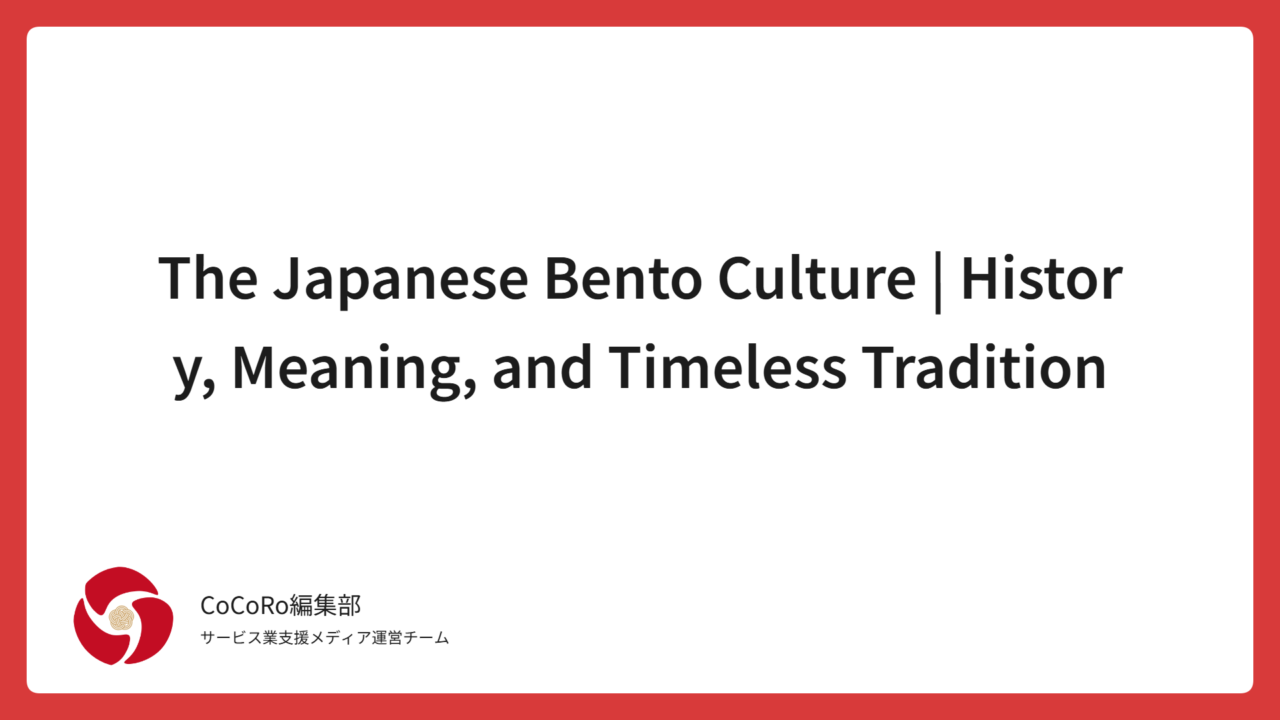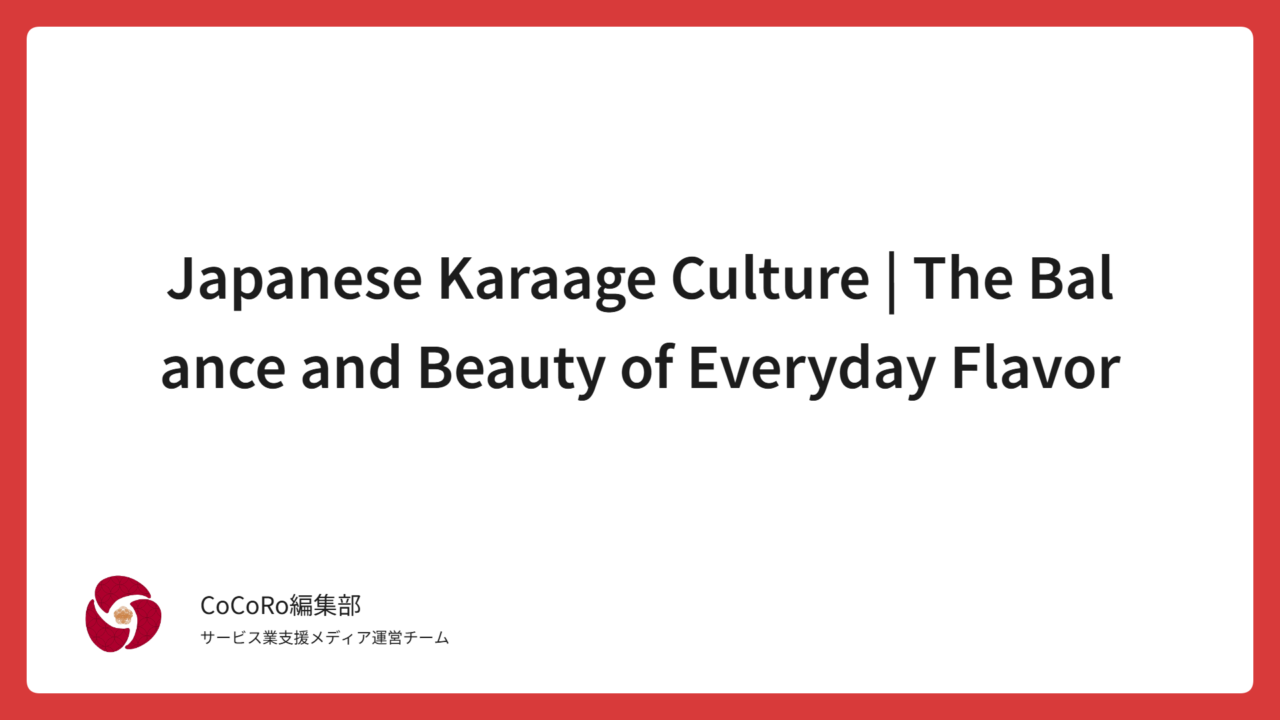
- Introduction: Why Yakitori Is So Popular With Foreign Visitors
- The History of Yakitori — From Everyday Street Food to a Symbol of Japanese Culture
- What Is Yakitori — Japan’s Iconic “Cuisine of Fire”
- Types and Cuts of Yakitori — Japan’s Wisdom in Using Every Part of the Bird
- Tare vs. Shio — Flavor Styles and Regional Tastes Across Japan
- Charcoal and Aroma — The Invisible Craftsmanship Behind Yakitori’s Flavor
- Yakitori and the Japanese Way of Life
- Health and Sustainability — The Conscious Side of Yakitori
- Tips for Foreign Visitors — How to Fully Enjoy Yakitori in Japan
- Conclusion: Yakitori — An Everyday Art Form
Introduction: Why Yakitori Is So Popular With Foreign Visitors
Among travelers visiting Japan, “Yakitori” has become one of the most popular Japanese dishes, alongside sushi and ramen.
Though it looks simple at first glance, this dish embodies the essence of Japanese life, aesthetics, and craftsmanship.
From street stalls and izakaya pubs to specialty restaurants in Tokyo and Kyoto, yakitori takes many forms and fits seamlessly into every dining scene.
The charm of yakitori lies not merely in the act of skewering and grilling chicken.
It is the chef’s mastery of fire, the Japanese sensibility that brings out the best in each ingredient, and the subtle harmony that forms between the cook and the diner.
Together, these elements transform yakitori into a complete and unforgettable experience.
In this article, we will explore the history of yakitori, its different types, the philosophy behind its grilling techniques, regional variations, and tips for visitors to truly enjoy it — all explained carefully from a Japanese perspective.
The History of Yakitori — From Everyday Street Food to a Symbol of Japanese Culture
The exact origins of yakitori are unclear, but records show that skewered grilled meats were already being sold at food stalls and festivals during the Edo period (17th–19th centuries).
At that time, chicken was considered a luxury, so people often grilled quail, duck, and other small birds instead.
After World War II, yakitori shops began to flourish across Japan’s cities.
During the country’s postwar reconstruction, chicken—both affordable and nutritious—became a vital source of protein for ordinary households.
It was during this era that the “tare” (sweet soy glaze) culture and the casual izakaya dining style were born, forming the foundation of Japan’s modern yakitori culture.
From the late Shōwa era (1970s–80s) through the Heisei period (1989–2019), a new wave of specialized yakitori restaurants emerged, led by chefs devoted to mastering ingredients and charcoal fire.
Through this transformation, yakitori became more than just a meal — it grew into a cultural expression where Japanese craftsmanship, social life, and aesthetics intersect.
What Is Yakitori — Japan’s Iconic “Cuisine of Fire”
The essence of yakitori can be summed up as “profound simplicity.”
It uses only three elements — chicken, skewers, and charcoal — yet within that simplicity lies the chef’s remarkably delicate intuition and technique.
Yakitori can be broadly divided into two main styles: tare (sauce) and shio (salt).
Tare is a sweet-savory glaze made by simmering soy sauce, mirin, and sugar; each skewer is dipped and grilled repeatedly, building layers of depth and shine.
Shio style, on the other hand, is the art of restraint — a minimalist approach that highlights the pure flavor of the chicken.
The balance of salt, the strength of the charcoal heat, the thickness of the meat, and the exact moment it’s served — every detail defines the taste.
Yakitori is not merely a dish that’s grilled — it is an art of mastering fire.
The interplay of flame, smoke, and aroma creates a sensory harmony, and the sight of skewers being grilled before your eyes embodies a uniquely Japanese moment of beauty.
Types and Cuts of Yakitori — Japan’s Wisdom in Using Every Part of the Bird
One of the defining features of yakitori is its use of every part of the chicken — nothing goes to waste.
In Japan, the long-held principle of mottainai—the respect for using ingredients fully and avoiding waste—has deeply influenced this culinary tradition.
That philosophy lives on in every skewer of yakitori.
Let’s take a look at some of the most popular and distinctive cuts used in yakitori.
- Negima: Skewers alternating pieces of chicken thigh and Japanese green onion (negi). The sweetness of the scallion enhances the savory richness of the meat.
- Tsukune: Seasoned ground chicken shaped into meatballs and grilled. Soft in texture and especially popular among international visitors.
- Hatsu (Heart): Known for its firm, slightly springy texture. A favorite among yakitori enthusiasts, prized for its freshness and clean flavor.
- Reba (Liver): Rich and creamy in flavor — a delicate cut that requires perfect heat control, making it a true test of a yakitori chef’s skill.
- Sunagimo (Gizzard): Distinctively crisp and crunchy in texture. Traditionally seasoned simply with salt to highlight its natural flavor.
- Bonjiri (Tail): Rich in fat, exceptionally juicy, and intensely aromatic — a flavorful cut loved for its smoky, crispy finish.
As you can see, each cut offers a completely different taste, aroma, and texture.
Through a single chicken, you can experience an entire world of diverse flavors — a true reflection of Japan’s culinary artistry.
Tare vs. Shio — Flavor Styles and Regional Tastes Across Japan
No discussion of yakitori is complete without mentioning the two loyal camps — the tare (sauce) lovers and the shio (salt) purists.
Preferences vary widely across Japan, shaped by regional traditions, climate, and local tastes.
- In Kansai and Kyushu, the shio (salt-grilled) style is more popular.
People appreciate its simplicity — a pure expression of chicken flavor seasoned only with salt and its own rendered fat.
Neither style is superior; each reflects the unique food culture of its region.
Sampling different styles of yakitori as you travel across Japan is one of the most rewarding ways to experience the country’s culinary diversity.
Charcoal and Aroma — The Invisible Craftsmanship Behind Yakitori’s Flavor
The true essence of yakitori’s flavor lies in the control of heat and the choice of charcoal.
Most specialty restaurants use binchōtan, a high-grade white charcoal known for its intense, steady heat and powerful infrared effect that cooks the meat evenly from within.
It produces minimal smoke, resulting in a gentle, refined aroma that enhances rather than overwhelms the flavor of the chicken.
A skilled yakitori chef intuitively gauges the distance from the charcoal, the height of the flame, the thickness of the meat, and how the fat drips and flares — all in real time.
Each skewer is turned within seconds, guided not by thermometers or recipes, but purely by experience, instinct, and years of practice.
The “charred aroma” and subtle bitterness you taste in perfectly grilled yakitori are the results of this invisible control over fire.
It is, in every sense, a dish completed through all five senses.
Yakitori and the Japanese Way of Life
In the Shōwa era (1926–1989), yakitori shops served as social hubs for office workers — places to unwind after a long day.
Even today, the sight of people raising a skewer with a friendly “otsukaresama” (“good work today”) remains a quintessential image of the Japanese evening.
In recent years, however, yakitori has evolved beyond the after-work scene, gaining popularity among younger diners and women.
Modern yakitori restaurants now pair grilled skewers with wine, offering a more refined and contemporary dining experience.
Yakitori embodies Japan’s culture of gathering and conversation.
Through a single skewer, people connect — sharing warmth, stories, and laughter.
That simple act of togetherness is the true essence of this beloved dish.
Health and Sustainability — The Conscious Side of Yakitori
Yakitori is, in fact, a remarkably healthy dish.
Chicken is high in protein and low in fat, making it a popular choice even for those mindful of their diet.
Moreover, because every part of the bird is used, yakitori represents a sustainable food culture that minimizes waste and honors the value of each ingredient.
Tips for Foreign Visitors — How to Fully Enjoy Yakitori in Japan
If you’re trying yakitori in Japan for the first time, keeping the following points in mind will make your experience even more enjoyable.
- Choose Salt or Sauce: For first-timers, tare (sweet soy glaze) is usually easier to enjoy, while shio (salt) is perfect if you want to appreciate the pure flavor of the chicken.
- Go for “Omakase” (Chef’s Choice): Trust the chef to serve a balanced selection based on seasonality and flavor harmony — it’s the best way to experience authentic yakitori.
- Eat at a Relaxed Pace: Yakitori is served one skewer at a time, each at its perfect moment — take your time and savor every bite.
- Mind the Skewers: In Japan, it’s good manners to place used skewers neatly on the edge of your plate rather than leaving them scattered.
You can certainly enjoy yakitori at casual izakaya restaurants popular with tourists,
but if you have the chance, visit a specialty yakitori shop where each skewer is grilled by hand with care and precision.
Only then will you truly understand that yakitori is not just grilled chicken on a stick — it is a culinary culture in its own right.
Conclusion: Yakitori — An Everyday Art Form
Yakitori is by no means an extravagant dish.
Yet within each skewer lies a perfect harmony of fire, ingredient, and human touch.
The precise grilling born from a craftsman’s hand,
the timing that aligns naturally with the diner’s pace,
and the gentle aroma of charcoal — all of it embodies the essence of Japanese sensibility.
To eat yakitori is not merely to have a meal — it is to taste Japan’s culture, aesthetics, and spirit.
Through this humble yet profound dish, I hope you can feel the values that Japanese people have long cherished in everyday life:
sincerity, attentiveness, and gratitude.






